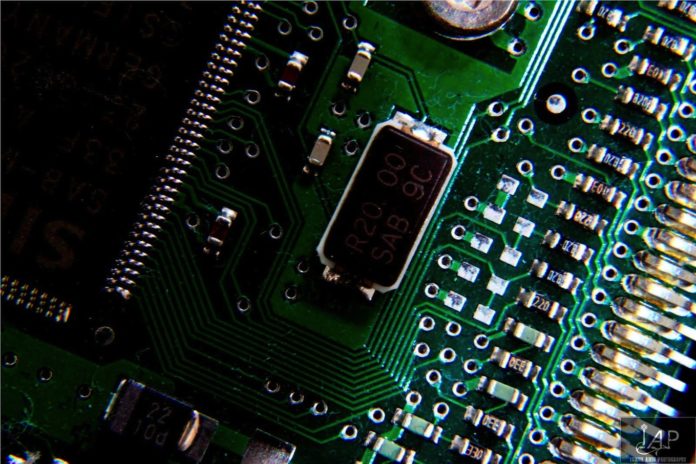Connecting your existing products to the IoT
Unlike the telecom revolution, where a new device came into existence either as a phone on desk or as mobile in hand, the IoT revolution will be hard to accredit.
“The IoT will happen by raising the bar for intelligence of things already existing around us. The next model of watch could be IoT-ready and you won’t physically see it different. It will measure your heart beat, blood pressure and metabolic parameters to assess your health. It is your personal doctor,”explains Janardan Revuru, project manager, HP.
Instead of seeing a flurry of new devices, the IoT will make its way into daily life through integration with existing devices like washing machines, TVs, watches and other currently nonconnected electronics.
There are various solutions available to rapidly Internet-enable products. For instance, a technology called ioBridge is available, which allows manufacturers to use a small circuit for connectivity to the cloud. Named ioBridge iota, this small circuit adds the ability to connect to a cloud network on any device. While iota does add heft to your product, it also allows you to get to market quickly without developing your own system to connect to the cloud.
However, the cloud as we know it is still very primitive, which is why designers find it difficult to connect individual devices to a cloud where they experience a shared functionality. Moreover, not everyone is fascinated by the idea of connecting every personal device to the Internet where it can quite easily be viewed by anyone else. Think of the kind of horror that an incorrect Facebook privacy setting is causing people, and then consider the scenario where every detail of your life is made public online. This is why devices need their own network to communicate securely with each other.
Latest trends related to the IoT
“First, you design devices, and then devices get connected. Next, you merge these connected devices with the newer emerging technologies like cloud and machine-to-machine (M2M) communication. What this does is transformation of a product company into a value-added services company,” explains Dr Subrahmanyam.
Naturally, the increased connectivity of devices opens doors to newer business models and strategies. Apart from a whole new level of personalised ads, businesses stand to gain a lot if they can get their products and
services made available to the right customers, and are also successful in getting rid of people’s fear about an all-knowing computer.
Another new trend that would be in line for change is in enterprise systems. “Enterprise Systems, which nowadays are being built on serviceoriented architectures, and business processes in such systems are modelled as an orchestration of underlying services. In order to integrate the IoT into business process systems, it is therefore necessary to service-enable IoT resources, e.g., sensors and actuators that are used to interact with physical environments. This approach helps in keeping heterogeneity of each IoT device and makes it data protocol oblivious from the mainstream business application,” explains T. Anand, managing director, Knewron.
A whole new Internet
When we arrive at a point of time where billions of devices are connected to each other, we would have multiple Internets running. All the embedded systems and microcomputers that we are going to see pop up, could be connected to each other not through the current Internet, aka World Wide Web, but a different network—an Internet that is not built for communication between humans but is restricted to machine-to-machine communication. Machines linked together in networks will potentially revolutionise manufacturing, energy distribution and transportation. This Internet of things could herald the next generation of society .
Article first published in EFY Magazine February 2013.









Good article. I could clearly realize how the IoT has evolved over time. It is interesting to note how everything from machines to ovens can become part of the IoT. I also found the note on need for integrating business processes with the IoT quite insightful. I hope more enterprises pay attention to it.